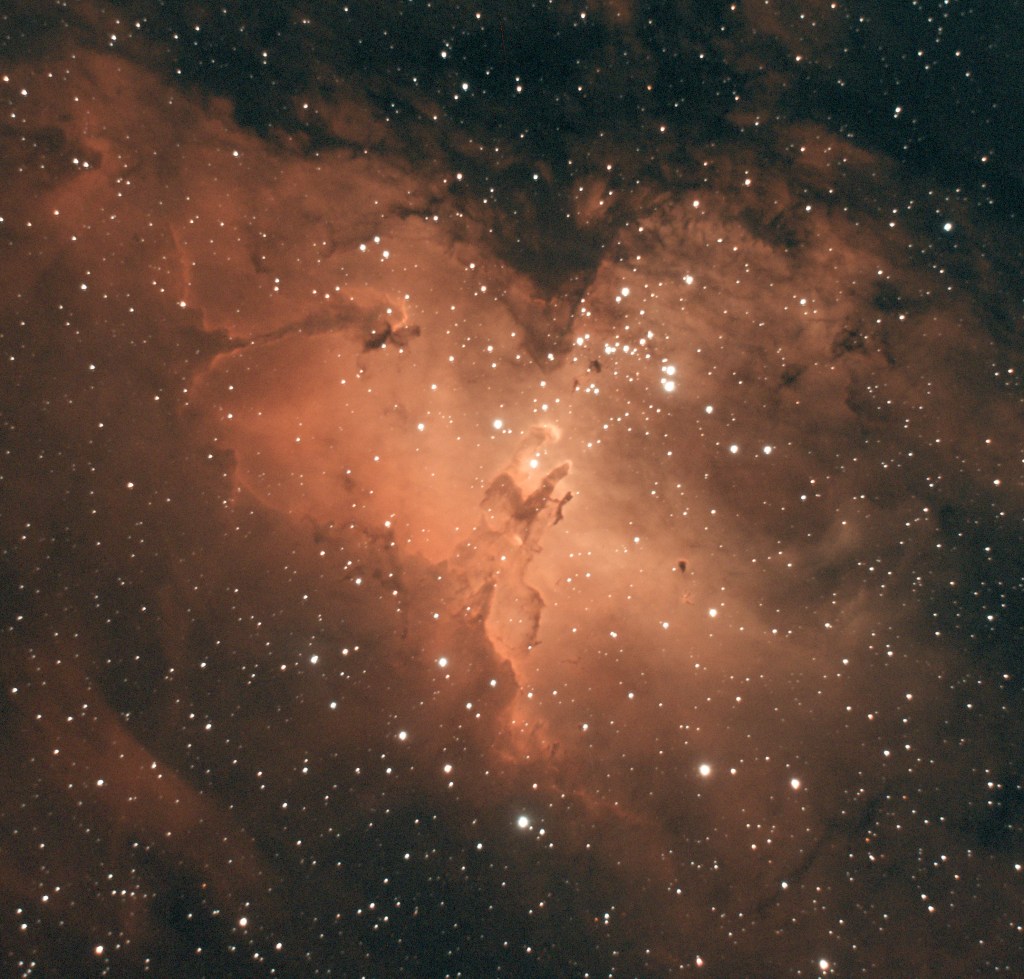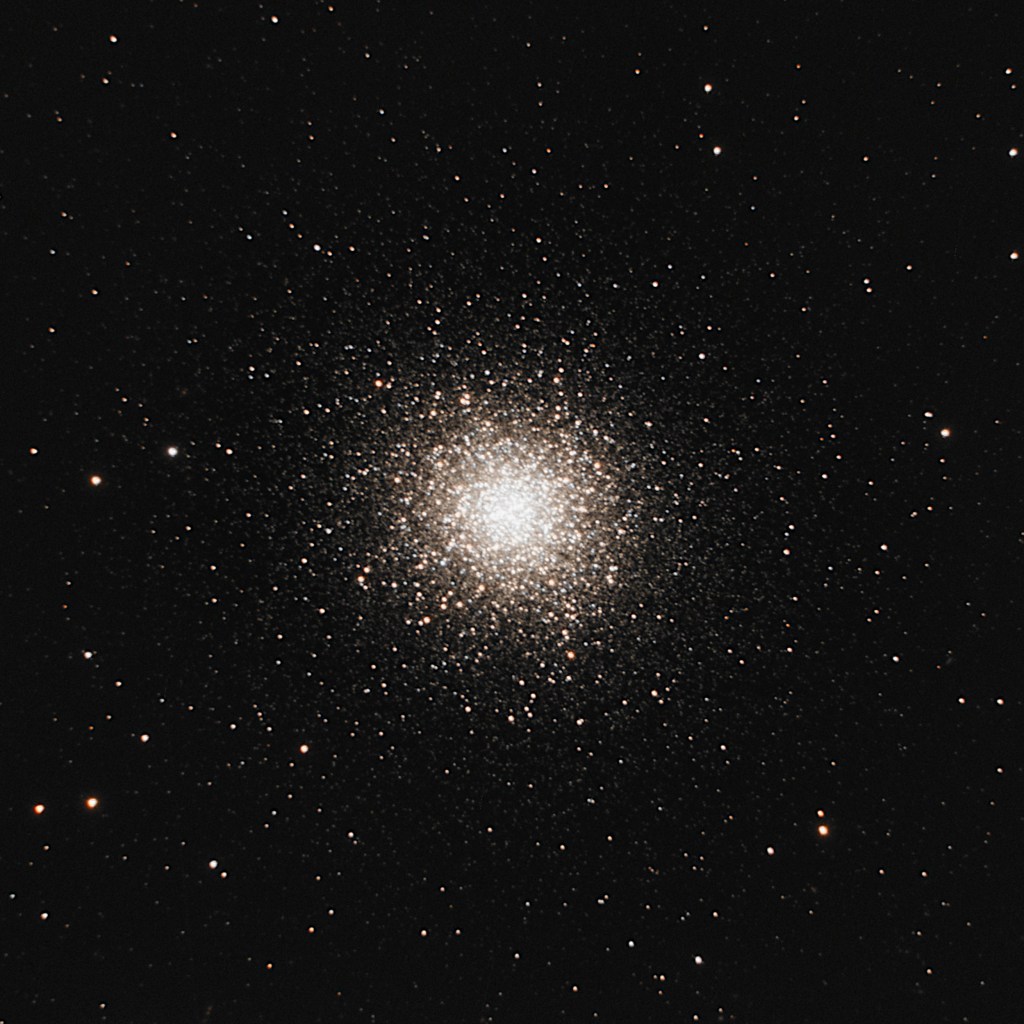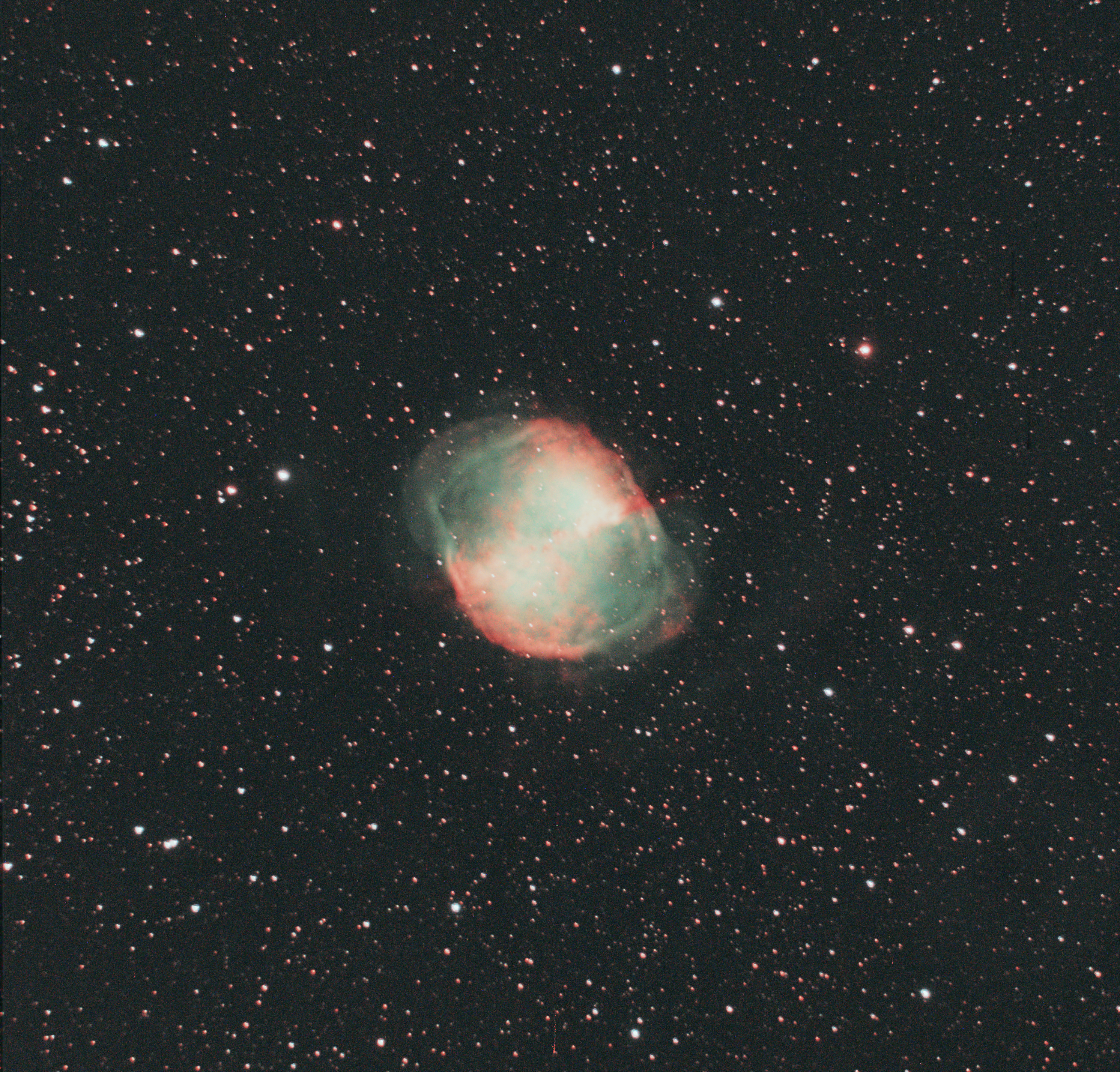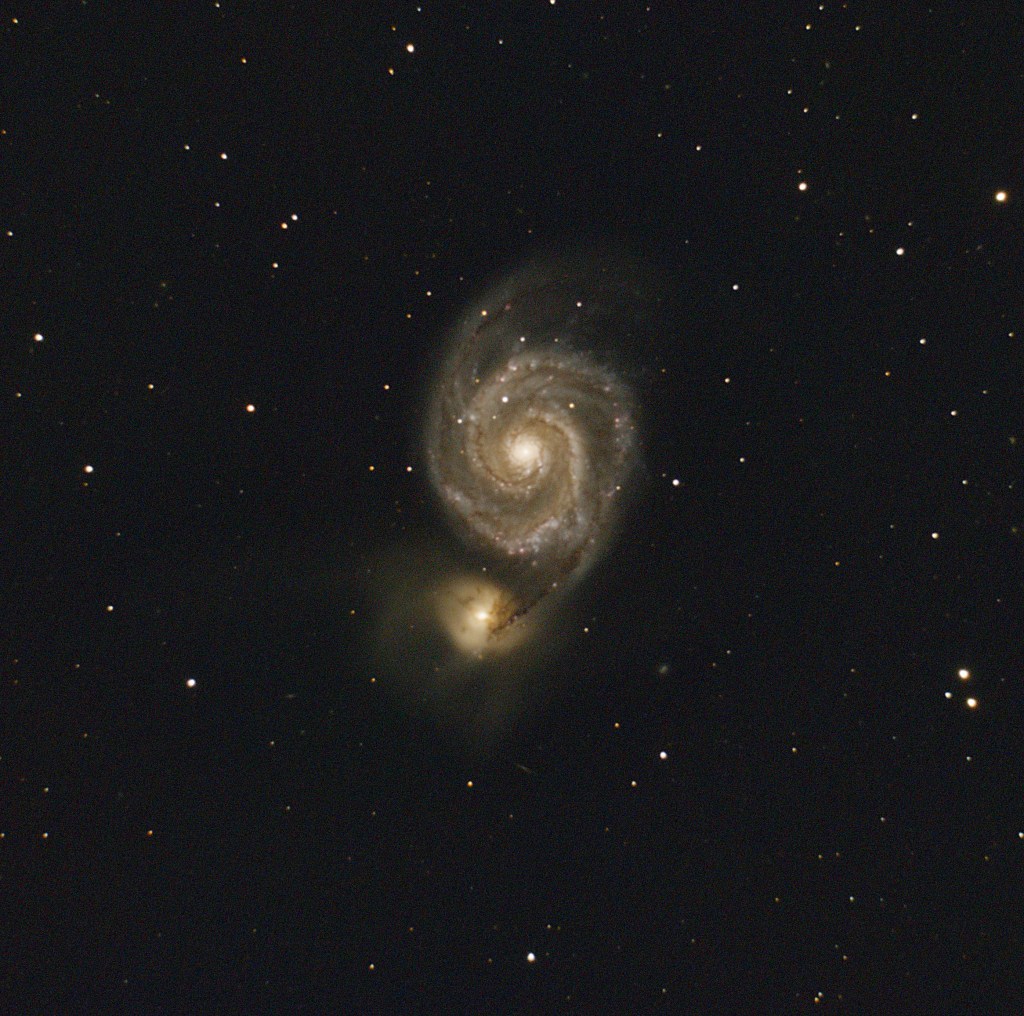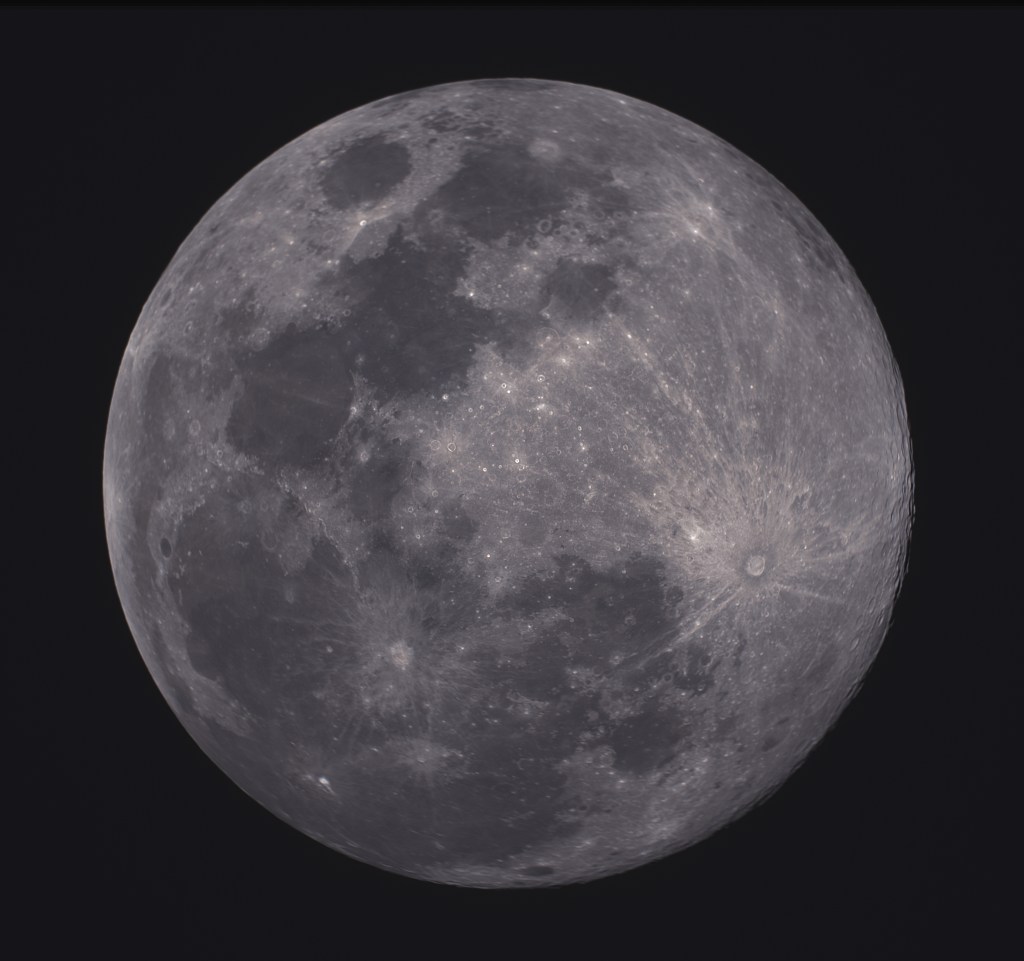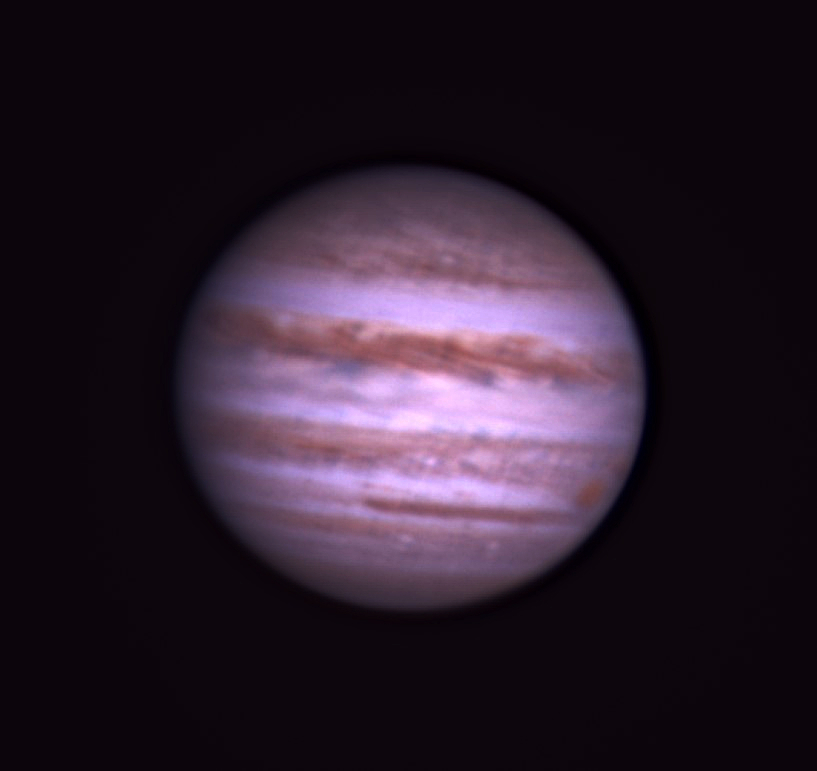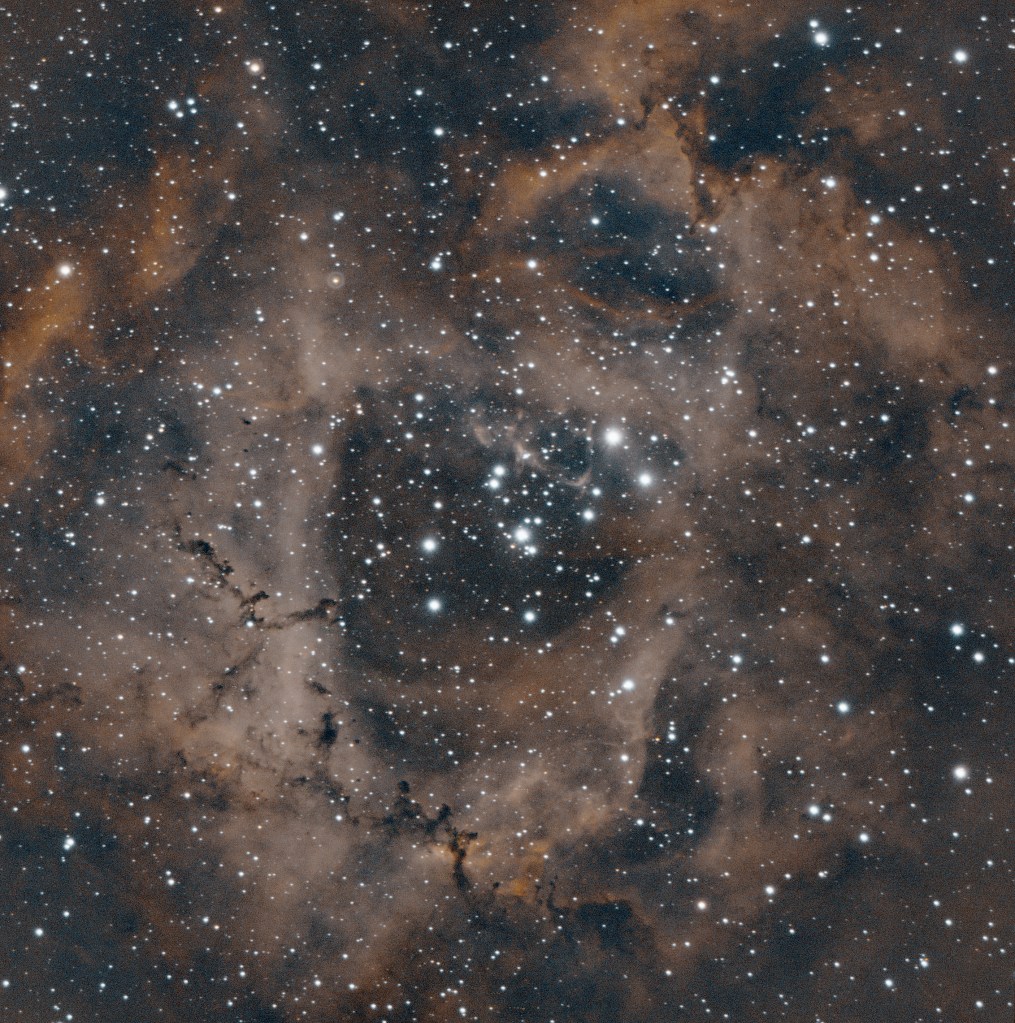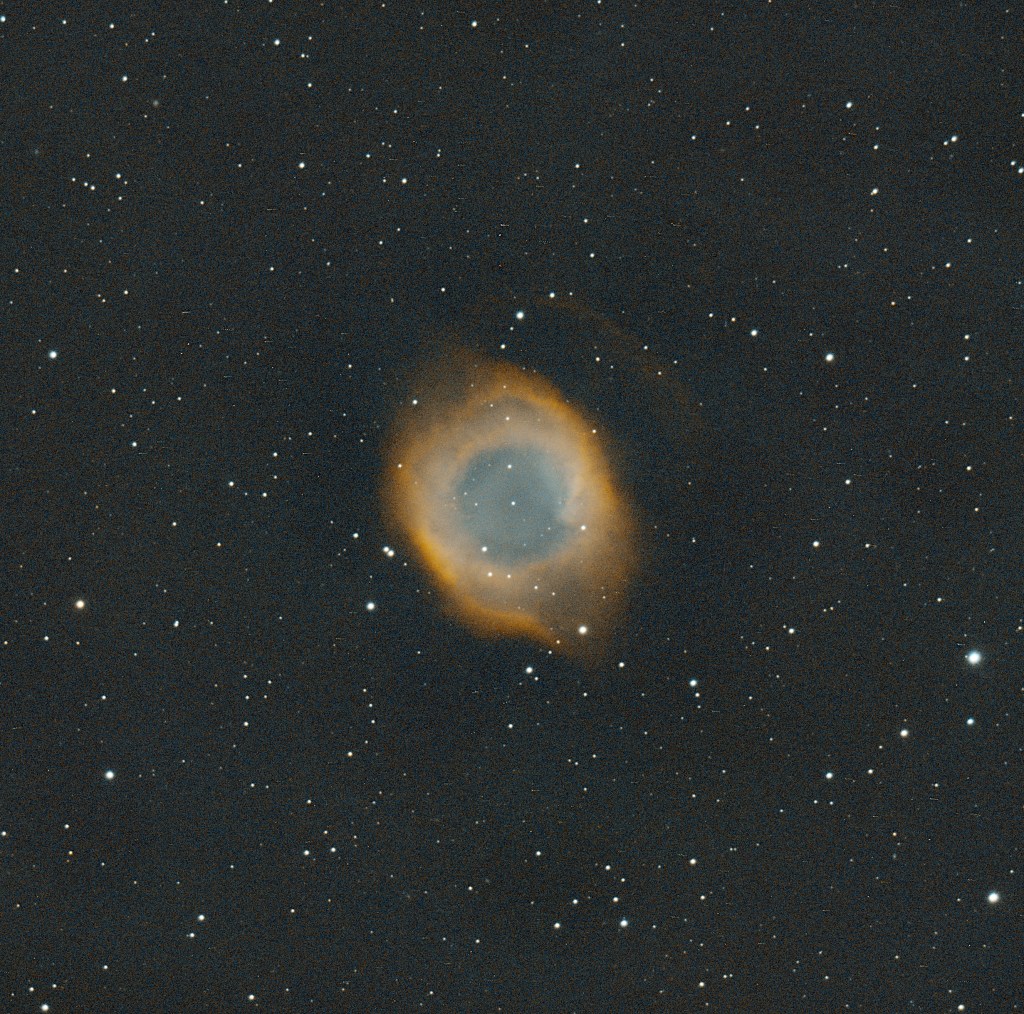Pinwheel Galaxy M101 imaged with an 8 inch SCT at 1140 mm focal length, an ASI 533MC astronomy camera with UV-IR filter, DIY reducer, and tracked with a restored Vixen Great Polaris mount. M101 has a very low surface brightness. Use the stars near Alcor and Mizar of the Big Dipper to find M101.
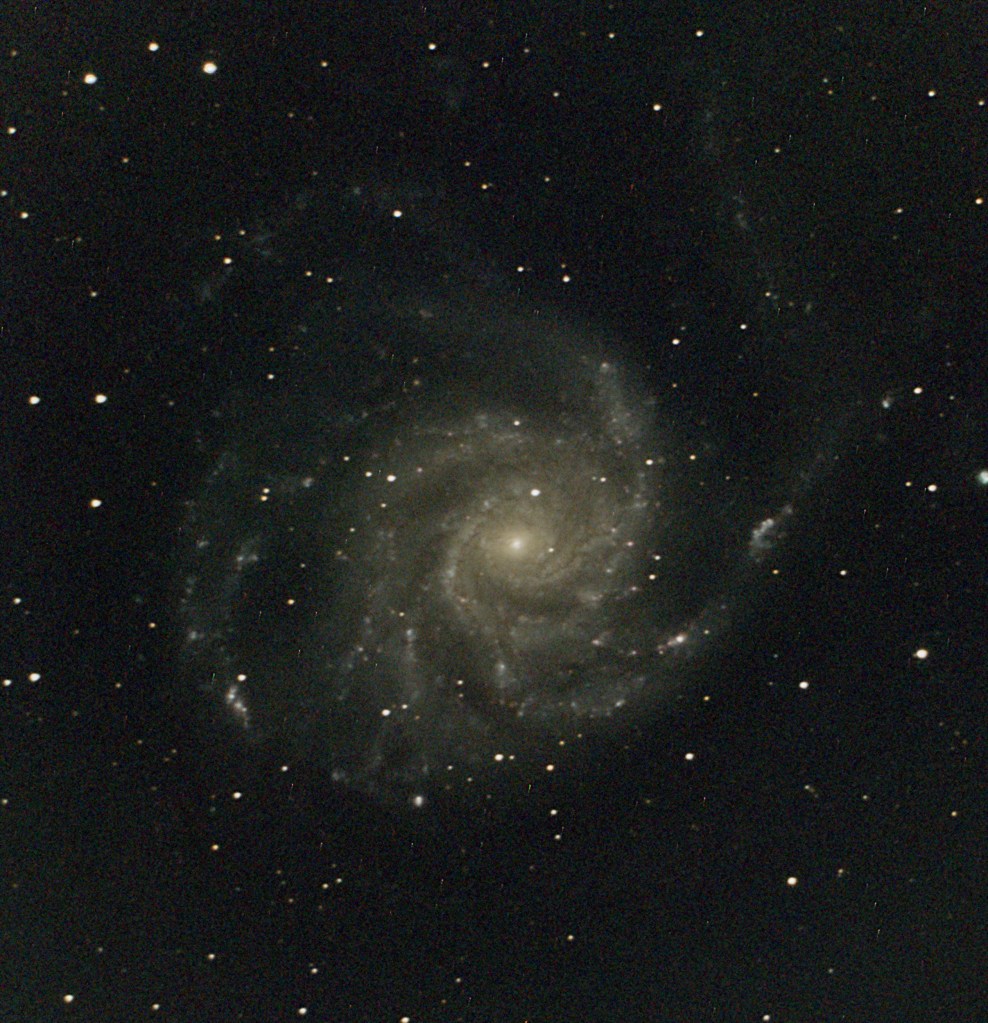
For a complete list of astrophoto images, click here.
Night Sky in Focus © Anthony Urbano | Bacoor, Philippines
